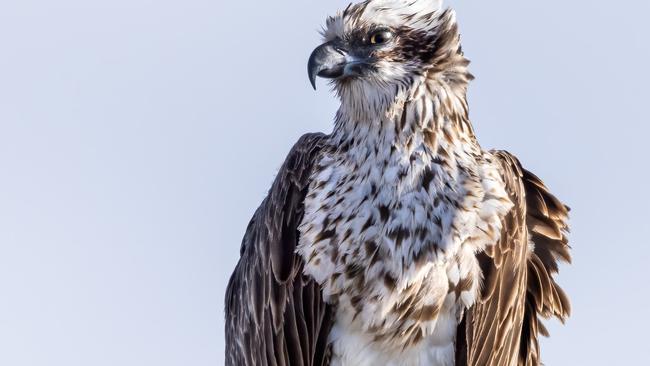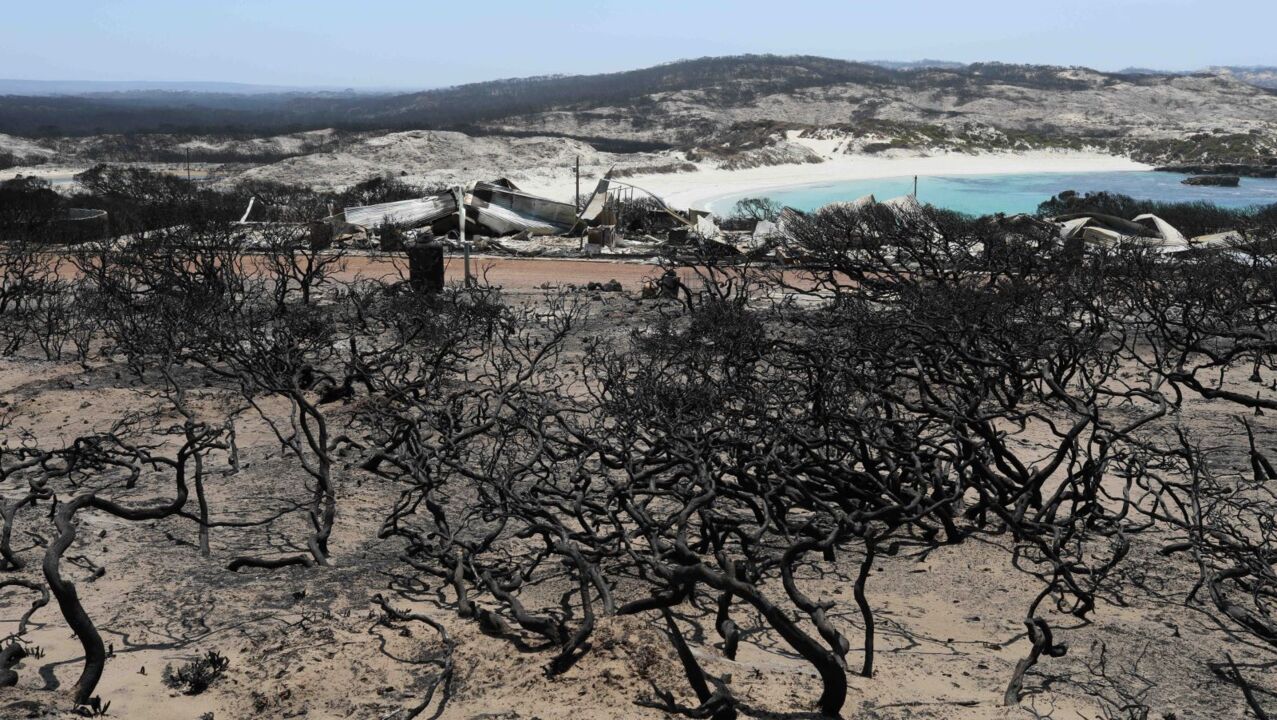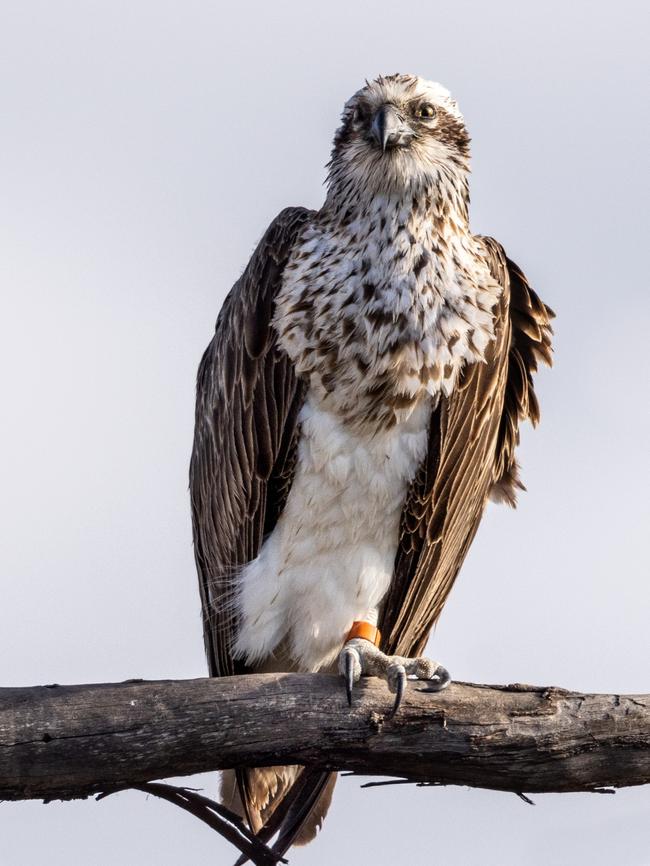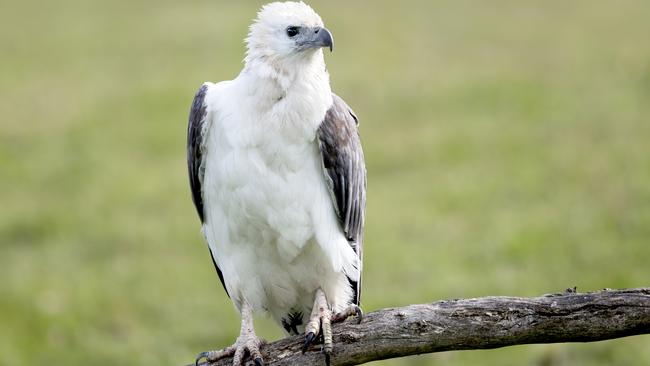Birds electrocuted by power lines, sparking call for overhaul and new perches
South Australia’s majestic ospreys are endangered – and calls are being made to make power lines and poles safer to reduce the risk of the birds being electrocuted.

SA News
Don't miss out on the headlines from SA News. Followed categories will be added to My News.
The electrocution of several vulnerable raptors – including a much-loved osprey at Streaky Bay – has prompted calls for improvements to power infrastructure.
There are just 50-60 osprey breeding pairs left in the state and Birds SA says urgent work is needed to protect them.
President Steven Langley said one-year-old osprey Solly was known to Streaky Bay locals and was commonly seen perching near the town’s Foodland.
She was being tracked under a conservation program, but her tracker recently showed the bird stopped moving and she was found dead alongside a power pole 3.5km from the town.

A post-mortem confirmed she had been electrocuted. It followed the deaths of at least three other raptors – two white-bellied sea-eagles and another osprey – at the Adelaide International Bird Sanctuary and near Port Lincoln. All were found alongside power infrastructure.
“We don’t know the extent of the problem in SA but it’s likely killing many of our most magnificent large birds each year – especially eagles and other birds of prey,” Mr Langley said.
His organisation wants SA Power Networks to review the design and maintenance of its power lines and poles, and complete works to reduce the risk of electrocution. Potential solutions include installing bird perches, insulating wires and spacing them further apart. Birdlife

Australia’s Ian Falkenberg, who was running the program tracking Solly, said over the past decade the state’s osprey population had declined about 26 per cent, amid increasing development and tourism, which drove birds away from nesting areas. He suggested perches be installed above power poles in areas frequented by raptors.

SA Power Networks spokesman Paul Roberts said the company carried out works such as installing powerline insulation and nest rings, which sit on Stobie poles, providing an alternative nesting site.
“However, avoiding all death and injury to animals is impossible on a network spanning 178,000sq km and featuring more than 670,000 Stobie poles and 88,000km of mostly overhead power line,” he said.
The company also relocates nests, installs possum guards and removes older infrastructure to reduce the risk of flying foxes being electrocuted. The company will spend about $1.3m on such measures in 2022.
michelle.etheridge@news.com.au




